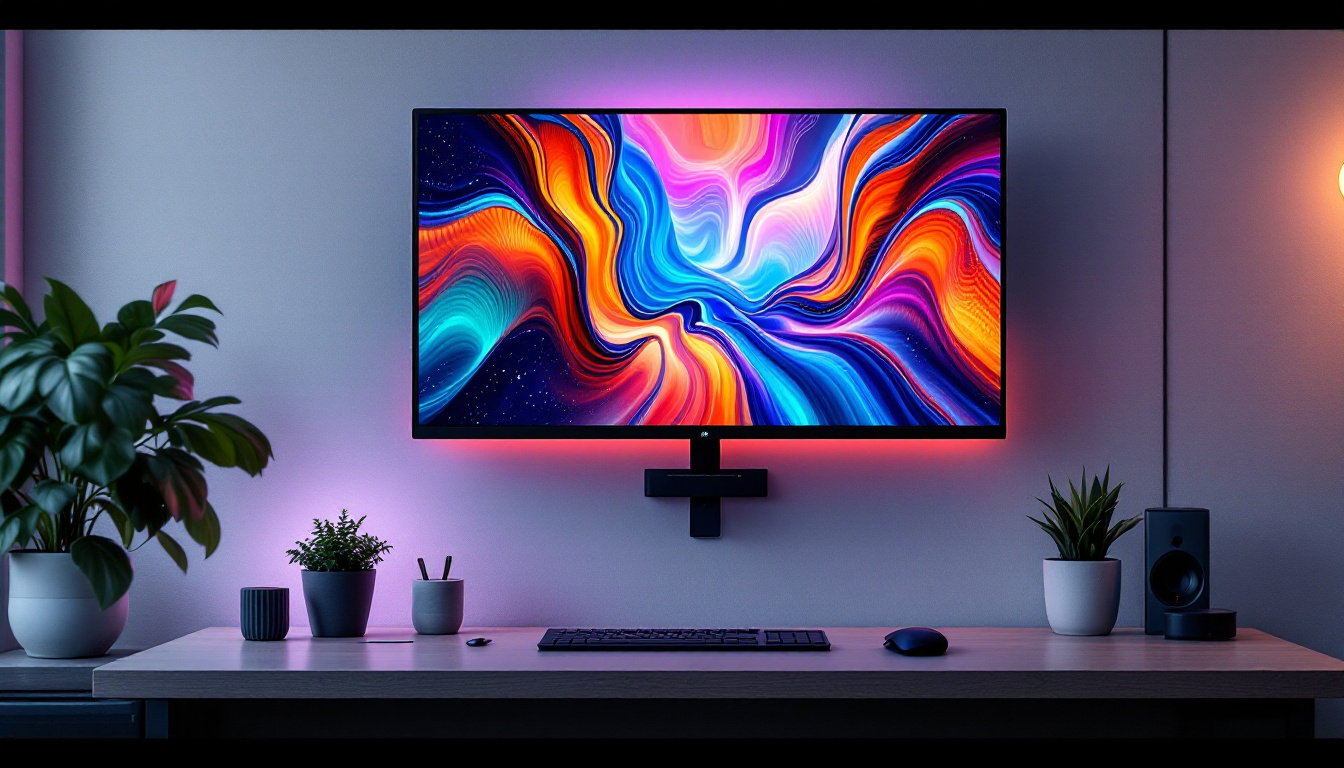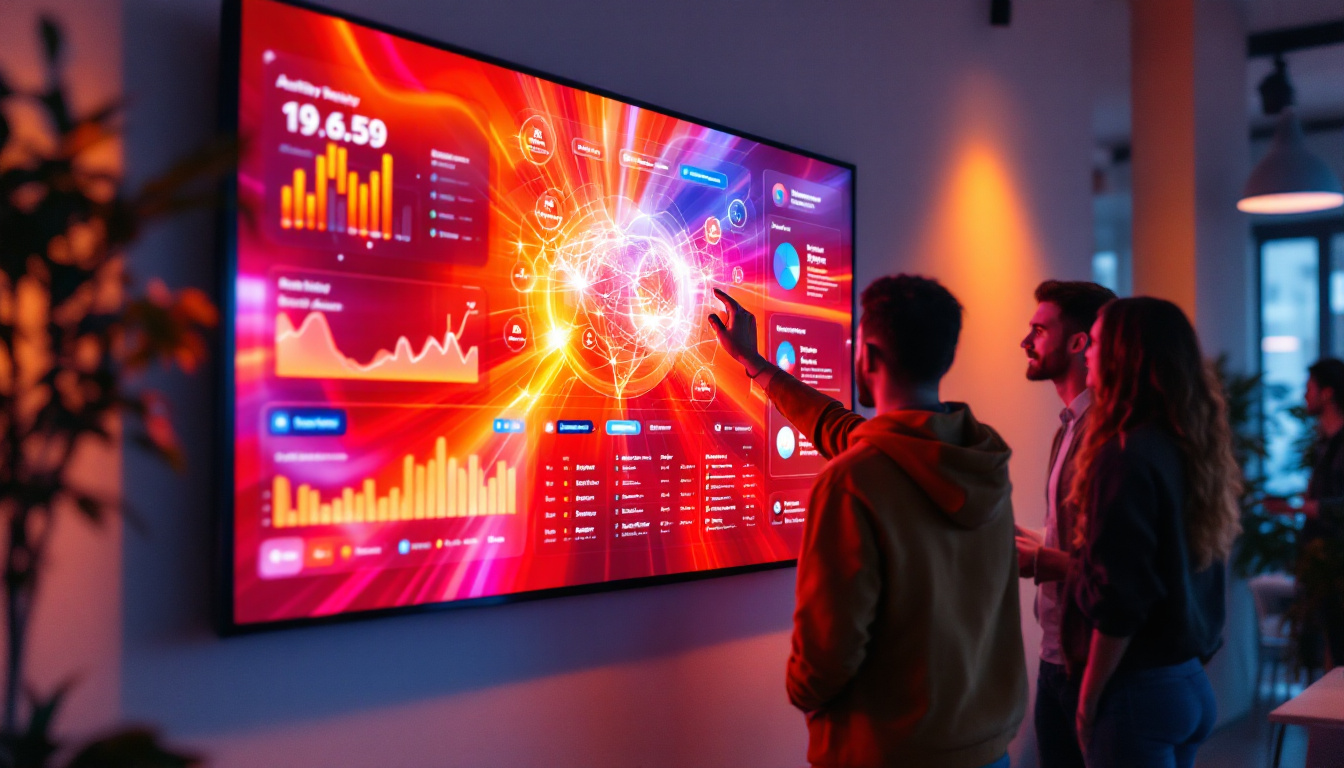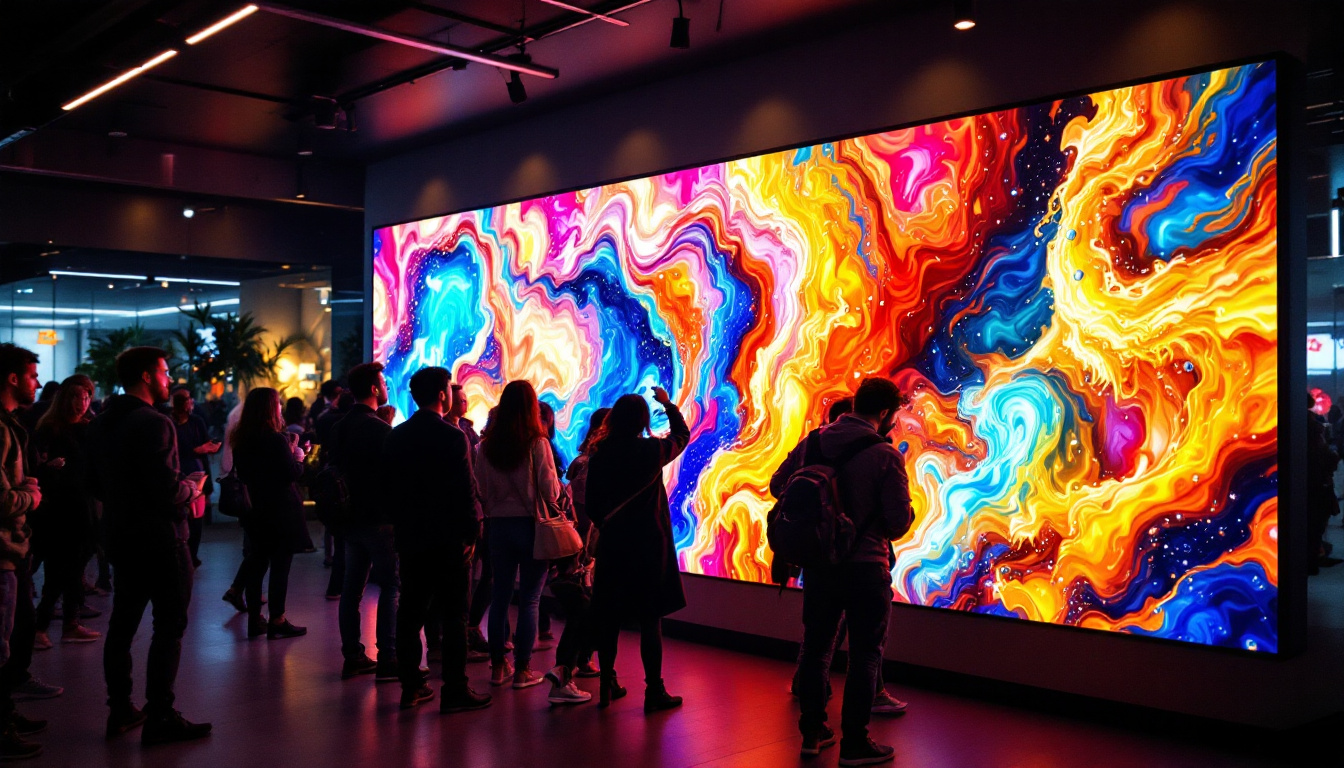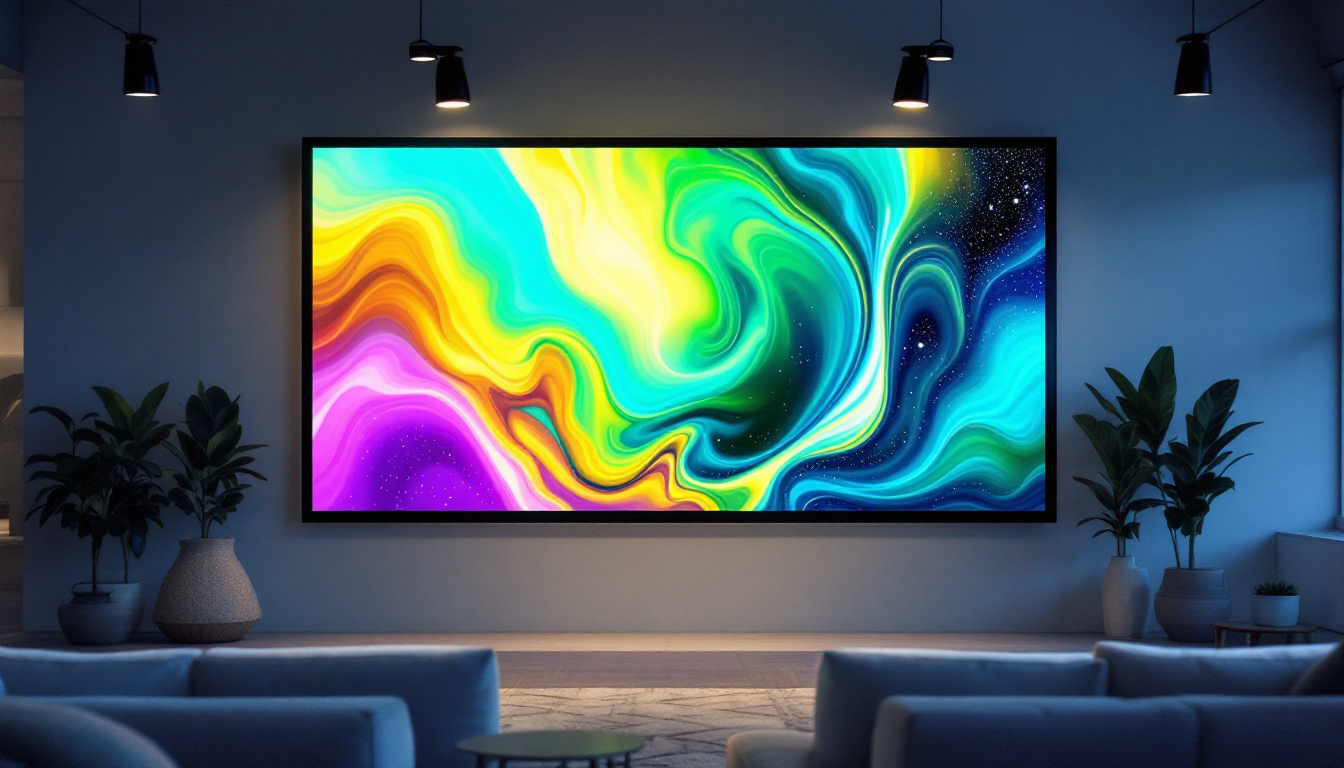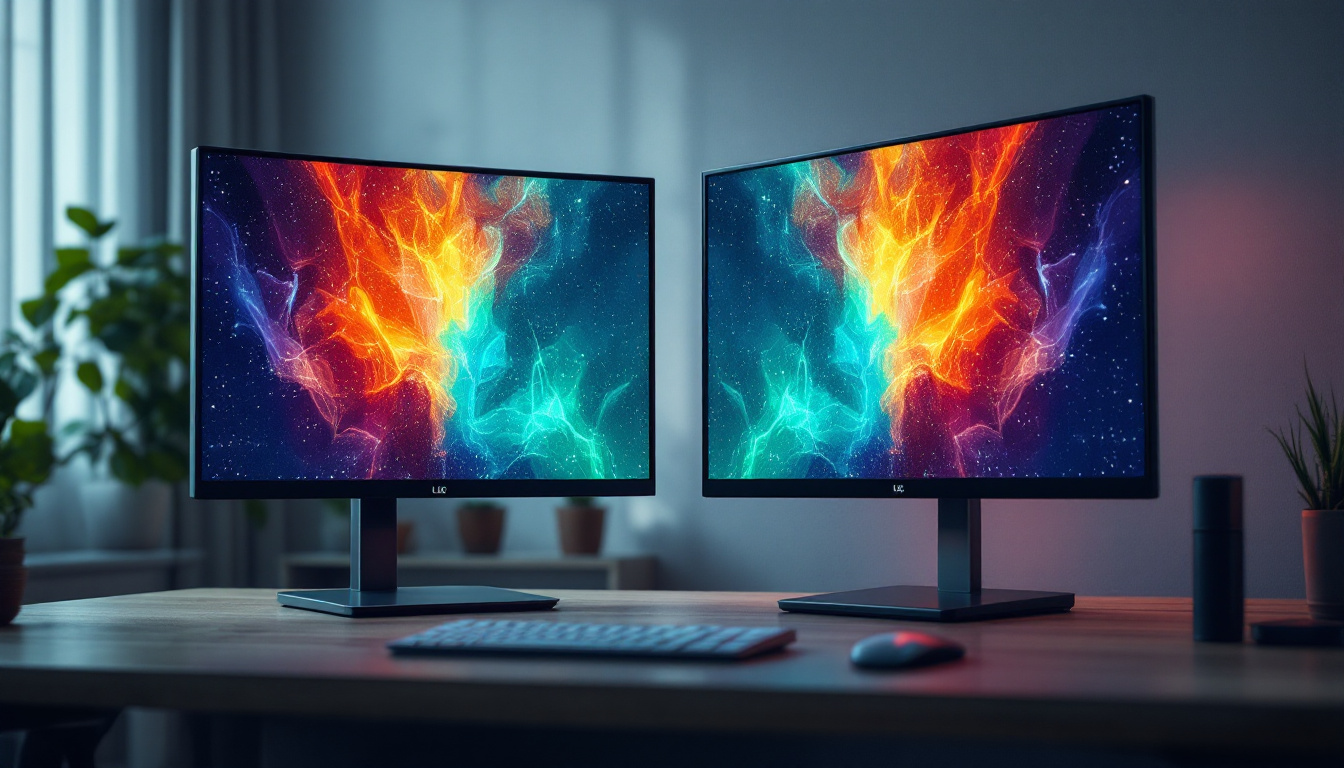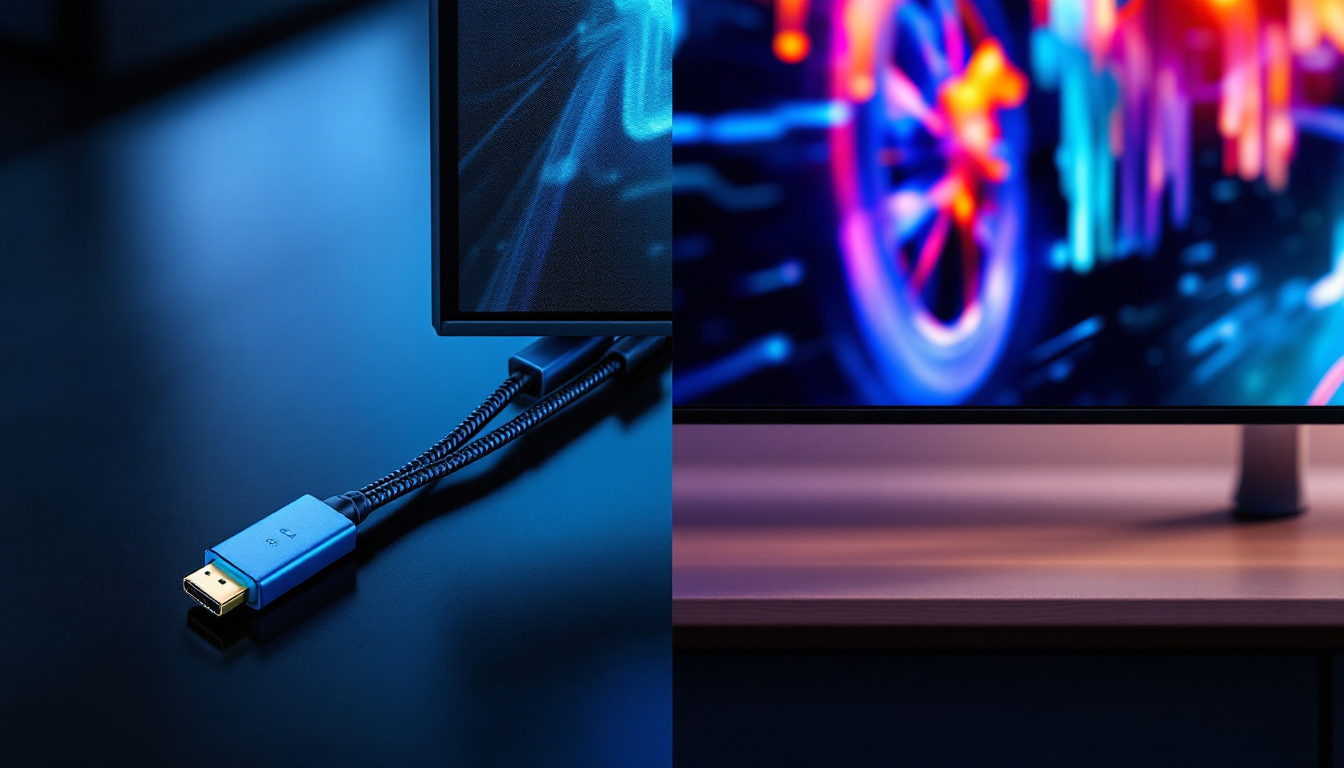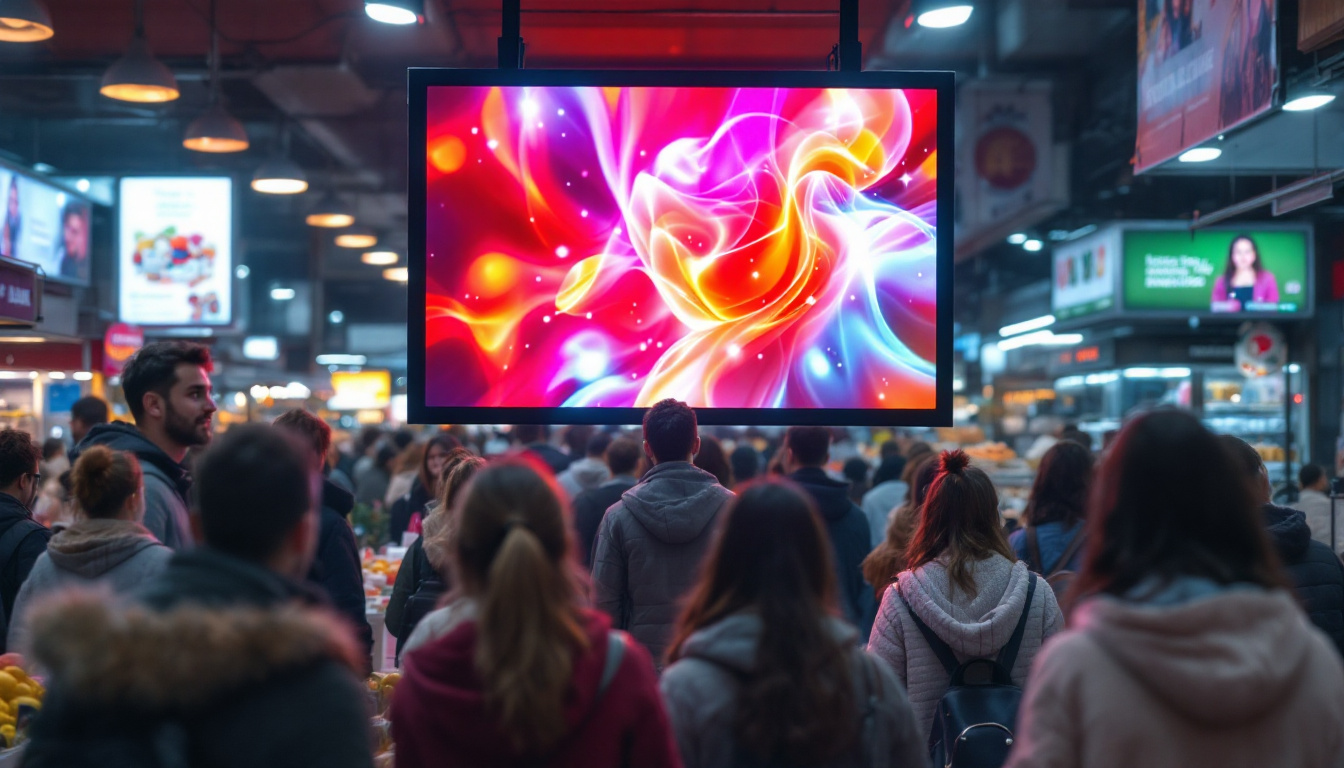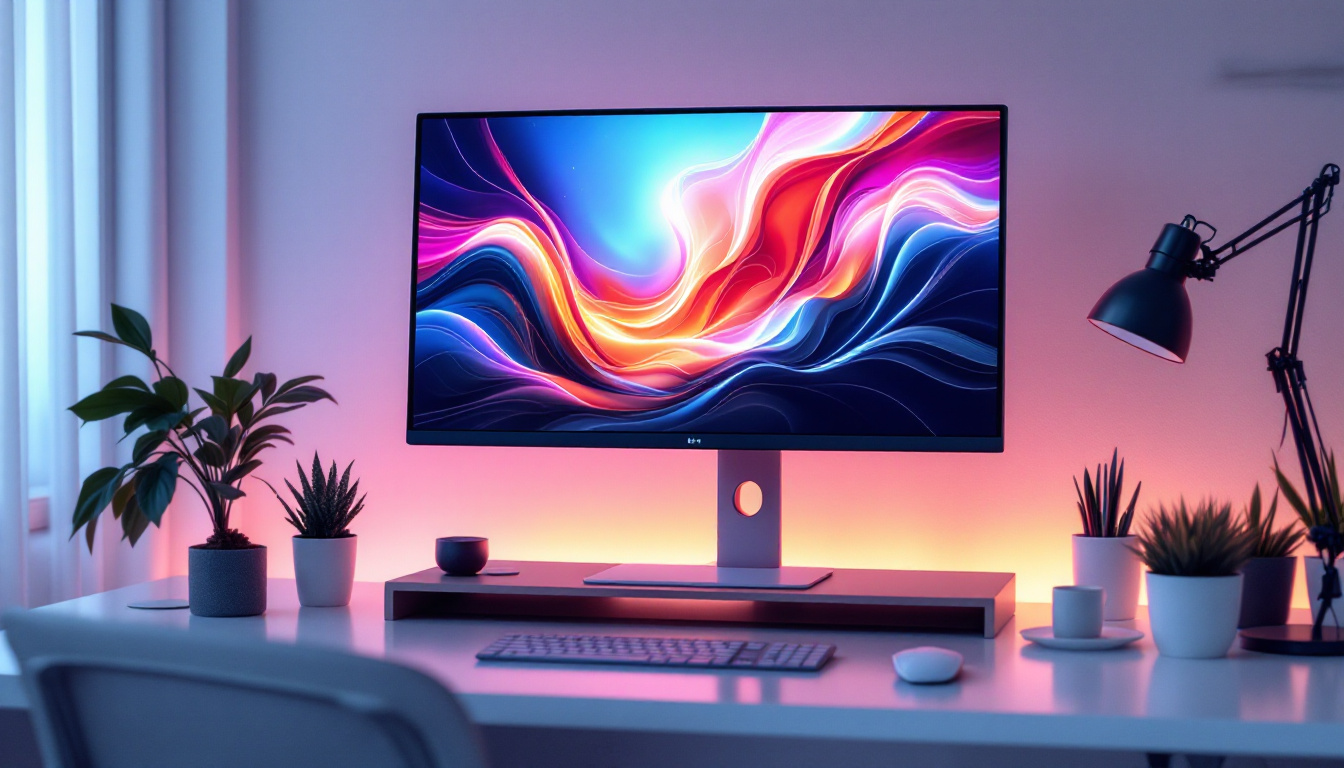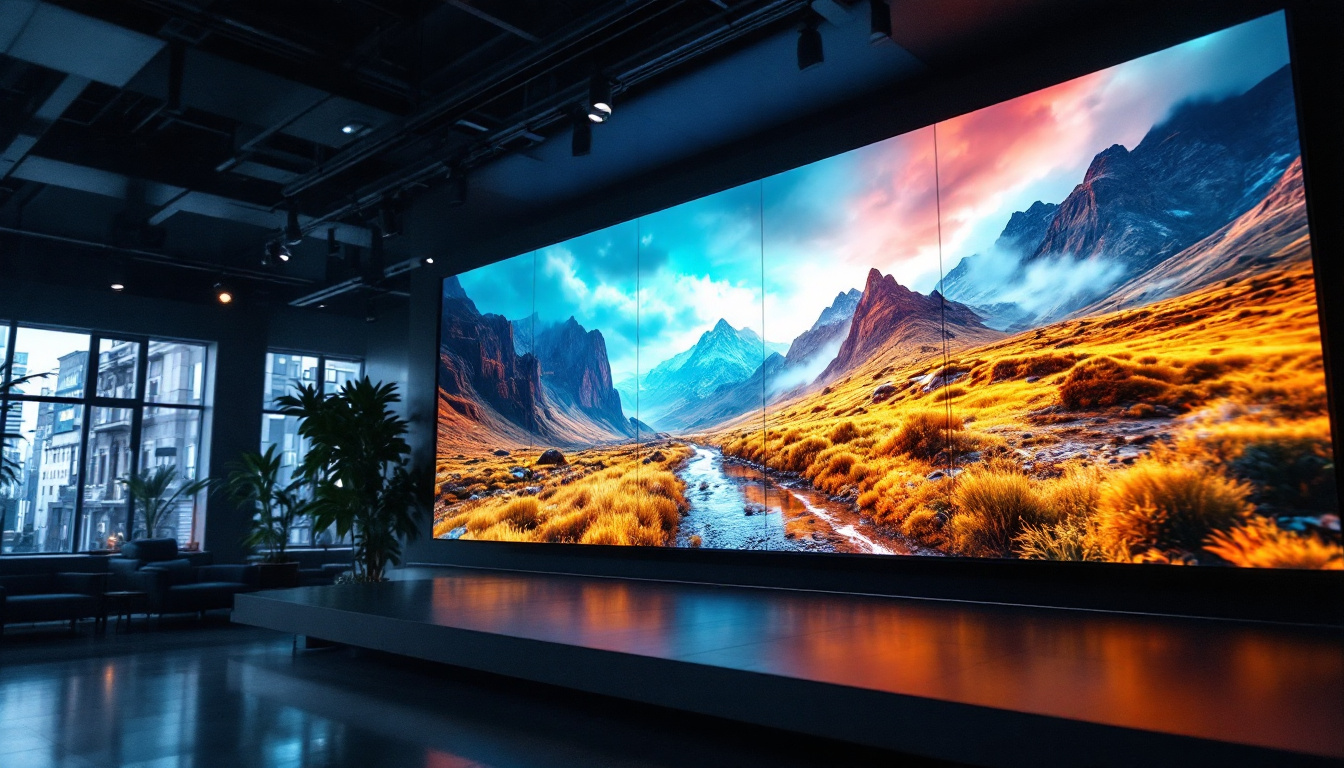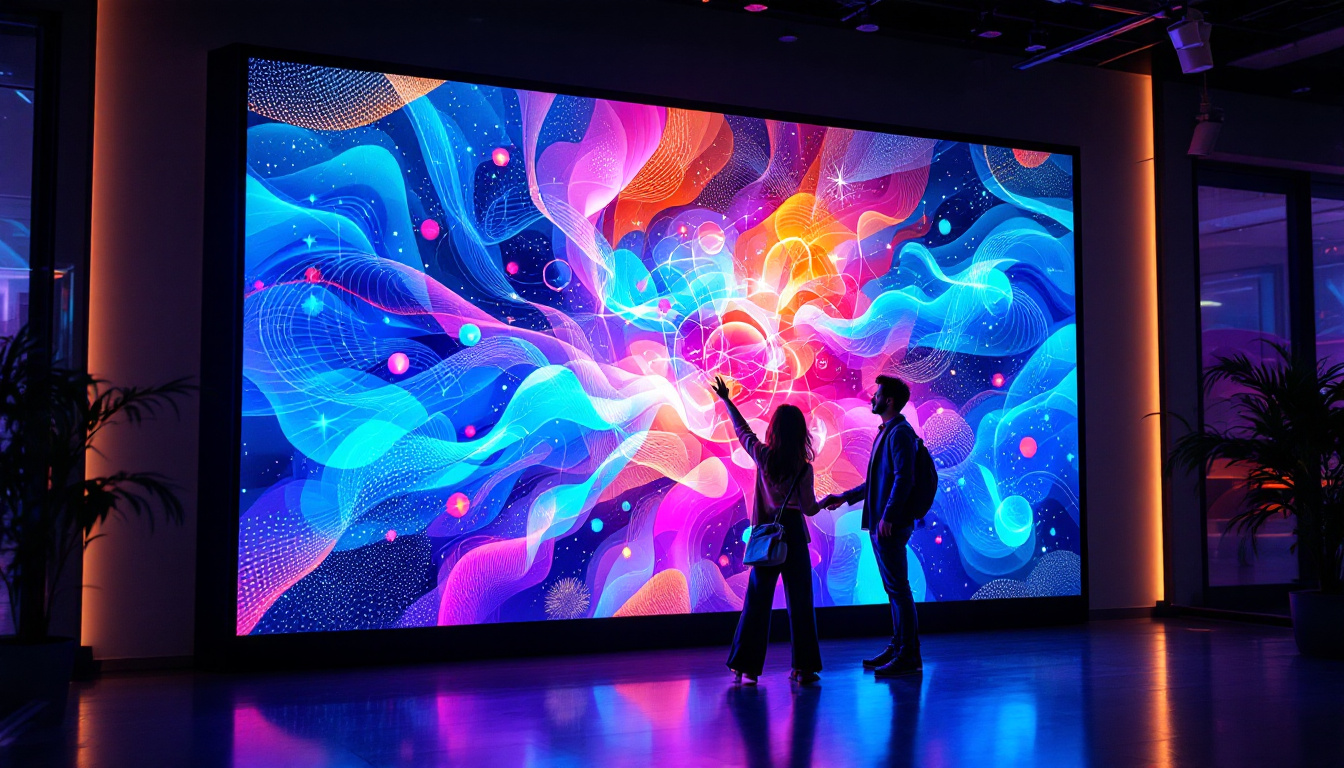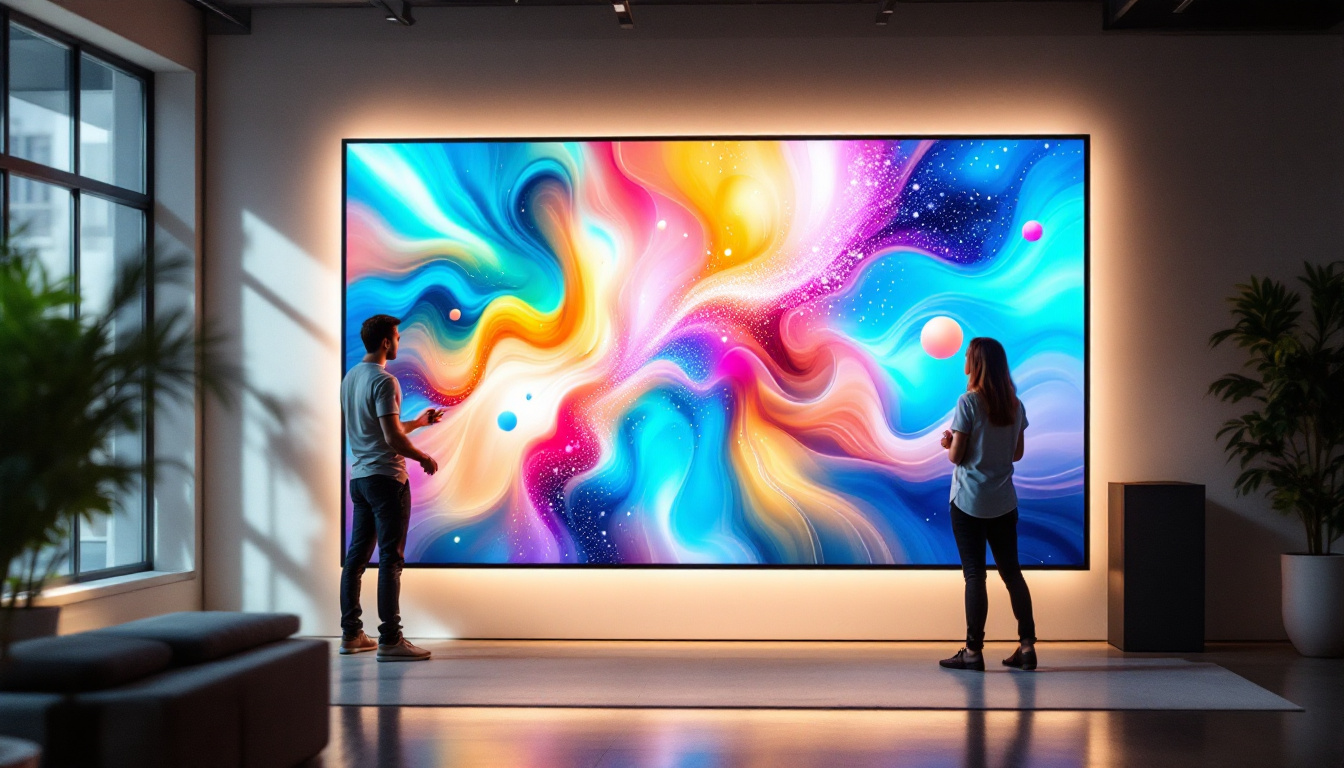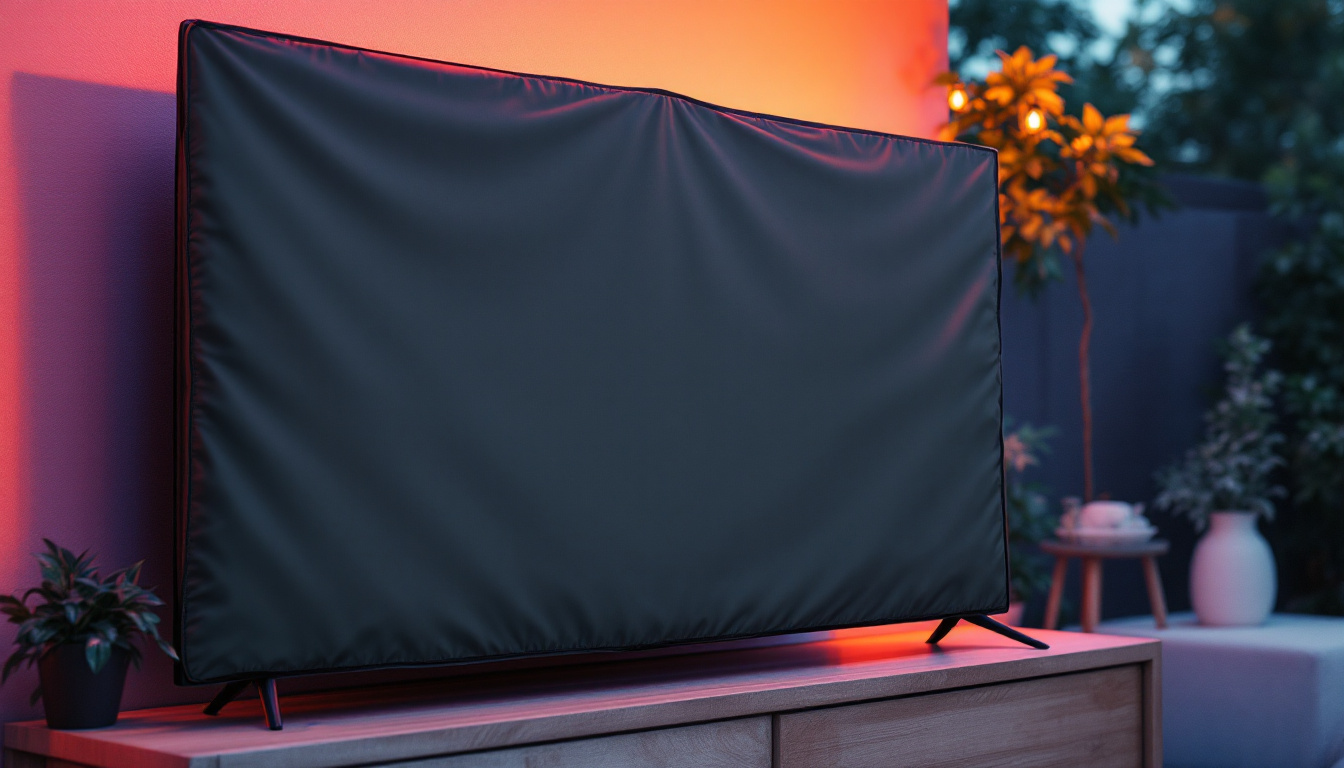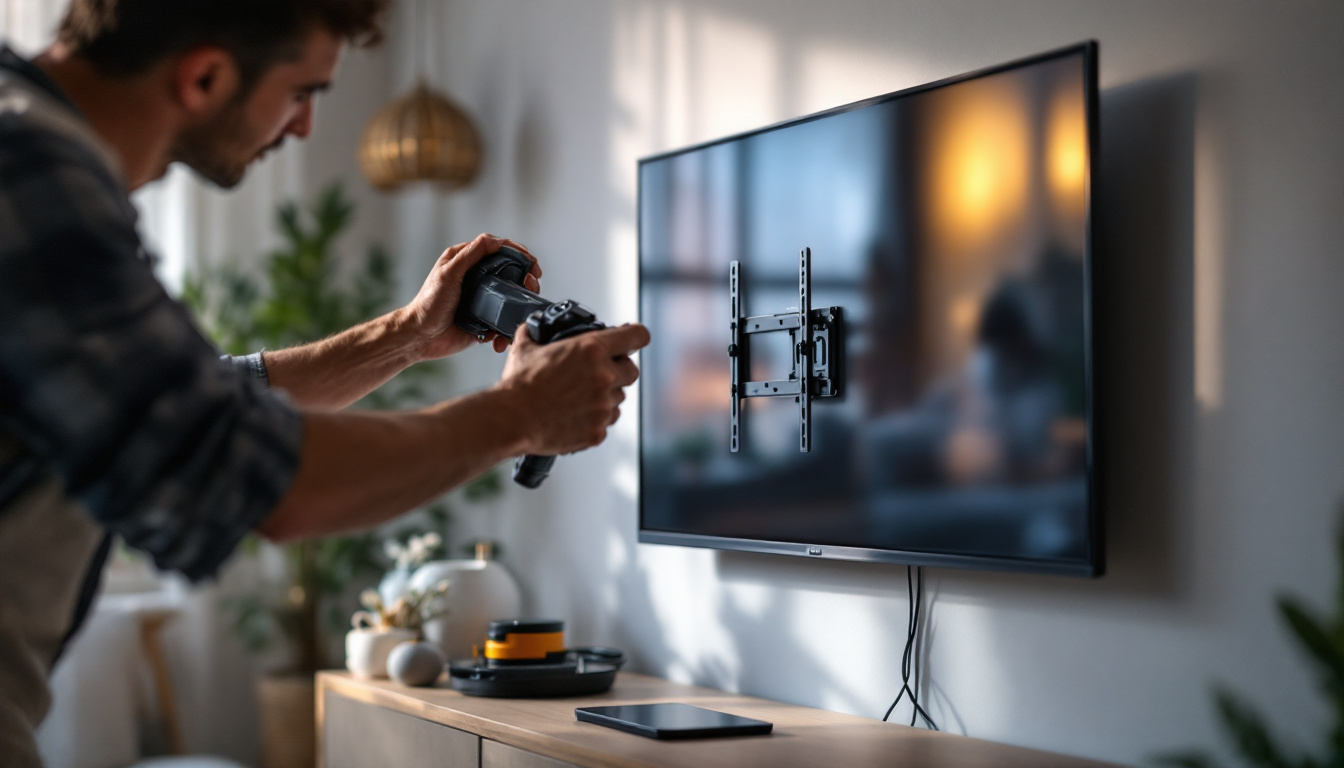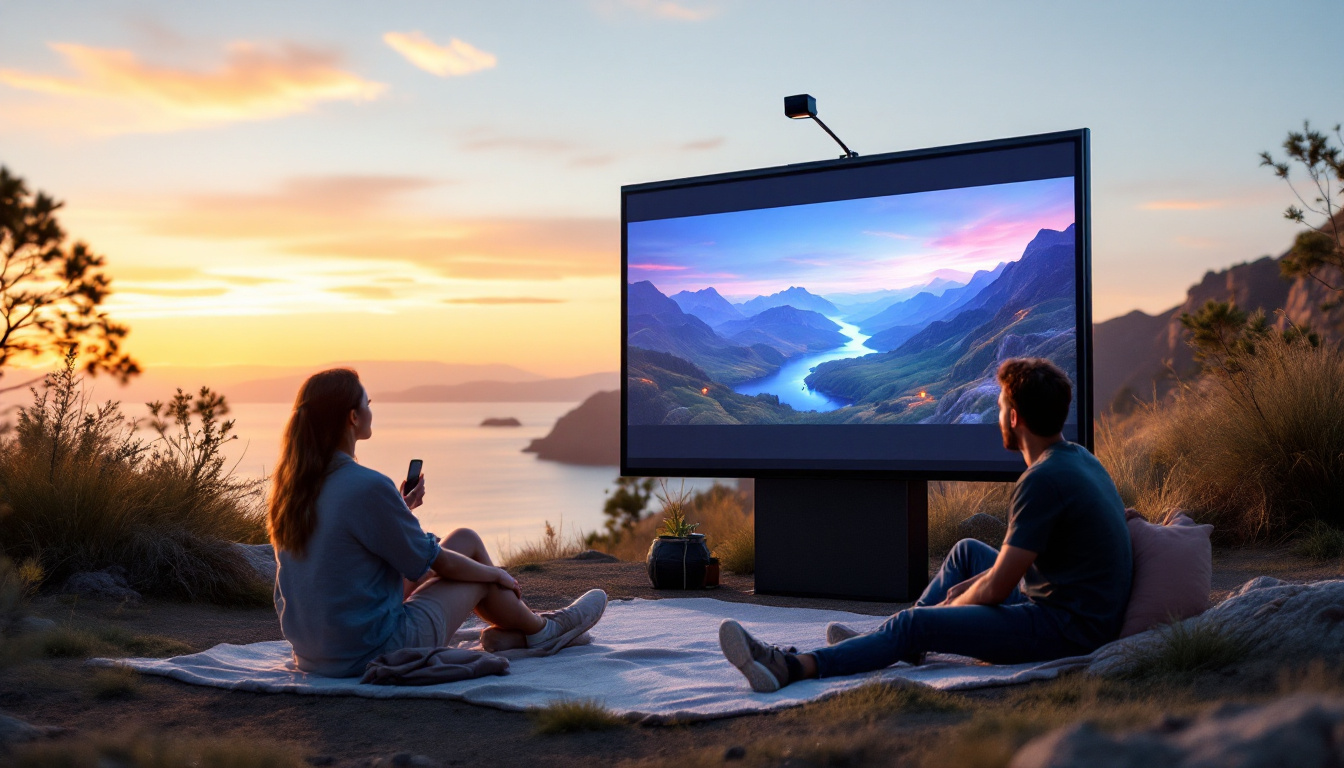In an era where technology is at the forefront of our daily lives, the way we display information has evolved significantly. The rise of LED displays has transformed not only how we consume media but also how we interact with our environments. One of the most effective ways to integrate LED displays into various settings is through monitor wall mounts. This article delves into the intricacies of monitor wall mounts, their benefits, and their applications in both commercial and residential spaces.
Understanding LED Displays
LED (Light Emitting Diode) displays have gained immense popularity due to their vibrant colors, energy efficiency, and versatility. Unlike traditional LCD screens, LED displays use a series of diodes to produce light, resulting in brighter images and deeper blacks. This technology has made LED displays the preferred choice for a wide range of applications, from televisions to large-scale digital signage. Their ability to deliver high-quality visuals has revolutionized the way we consume media, making them a staple in both home entertainment systems and commercial settings.
The Technology Behind LED Displays
At the core of LED display technology is the semiconductor material that emits light when an electric current passes through it. The arrangement of these diodes can vary, leading to different types of LED displays, such as OLED (Organic LED) and QLED (Quantum Dot LED). Each type has its unique characteristics, making them suitable for various applications. For instance, OLED displays are renowned for their exceptional color accuracy and contrast ratios, which make them ideal for high-end televisions and professional monitors. In contrast, QLED displays leverage quantum dot technology to enhance brightness and color volume, making them particularly effective in brightly lit environments.
LED displays can also be categorized based on their pixel pitch, which refers to the distance between the centers of two adjacent pixels. A smaller pixel pitch results in higher resolution and clarity, making it ideal for close viewing distances, such as in retail environments or control rooms. This granularity allows for stunning visuals that can captivate audiences, whether in a bustling shopping mall or during a critical presentation in a corporate setting. Furthermore, advancements in technology have led to the development of flexible LED displays, which can be curved or shaped to fit unique spaces, further expanding their application potential.
Advantages of LED Displays
LED displays offer numerous advantages that make them a popular choice for both personal and professional use. First and foremost, they are energy-efficient, consuming less power compared to traditional display technologies. This efficiency translates to lower operational costs, particularly for businesses that rely on large displays for advertising or information dissemination. The reduced energy consumption not only benefits the bottom line but also contributes to a smaller carbon footprint, aligning with the growing emphasis on sustainability in technology.
Additionally, LED displays are known for their longevity. With a lifespan that can exceed 100,000 hours, they require less frequent replacements, further reducing costs over time. Their durability also makes them suitable for various environments, including outdoor settings where weather resistance is crucial. Many LED displays are designed to withstand harsh conditions, such as extreme temperatures and humidity, ensuring reliable performance regardless of the location. This resilience is particularly advantageous for outdoor advertising, where displays are exposed to the elements and need to maintain their visual integrity over time. Moreover, the low maintenance requirements of LED technology allow businesses to focus on their core operations rather than worrying about display upkeep.
Monitor Wall Mounts: An Overview
Monitor wall mounts are essential accessories that facilitate the installation of LED displays in a variety of settings. These mounts allow screens to be securely attached to walls, freeing up valuable floor space and creating a clean, professional appearance. They come in various styles and configurations to accommodate different display sizes and weights.
Types of Monitor Wall Mounts
There are several types of monitor wall mounts available, each designed for specific needs. Fixed mounts are the simplest and most affordable option, holding the display flat against the wall. They are ideal for situations where the screen will not need to be adjusted frequently.
Tilting mounts offer more flexibility, allowing users to angle the display for optimal viewing. This is particularly useful in environments where glare from windows or overhead lights can affect visibility. Full-motion mounts, on the other hand, provide the most versatility, allowing the display to be moved in multiple directions. This is beneficial in collaborative spaces where different viewing angles are necessary.
Choosing the Right Wall Mount
Selecting the appropriate wall mount for an LED display involves considering several factors. The size and weight of the display are crucial, as each mount has a specific weight capacity and compatibility with different screen sizes. Additionally, the intended use of the display should influence the choice of mount. For example, a mount for a conference room may require different features than one for a retail display.
Another important consideration is the wall type. Some mounts are designed for drywall, while others may require additional support for concrete or brick walls. Ensuring that the mount is compatible with the wall type will enhance safety and stability.
Benefits of Using Monitor Wall Mounts
Utilizing monitor wall mounts for LED displays comes with a plethora of benefits that extend beyond mere aesthetics. These mounts enhance the functionality and usability of displays in various environments.
Space Optimization
One of the most significant advantages of wall-mounted displays is space optimization. By mounting a monitor on the wall, businesses and homeowners can reclaim valuable floor space, allowing for more efficient use of the area. This is particularly beneficial in smaller rooms or crowded environments where every square foot counts.
In commercial settings, wall mounts can help create a more organized and professional appearance. Digital signage, for example, can be strategically placed to attract attention without cluttering the space with stands or furniture. This not only improves the overall aesthetic but also enhances the customer experience.
Improved Ergonomics
Properly mounted displays can significantly improve ergonomics, reducing strain on the neck and eyes. When monitors are positioned at eye level, users can maintain a more comfortable posture, which is essential for prolonged use. This is particularly relevant in office environments where employees spend hours in front of screens.
Moreover, adjustable mounts allow for easy repositioning of displays, accommodating various user preferences and needs. This adaptability is crucial in collaborative workspaces where multiple individuals may need to view the screen from different angles.
Applications of Monitor Wall Mounts
Monitor wall mounts are versatile tools that find applications across a wide range of settings. From corporate offices to educational institutions, the benefits of wall-mounted LED displays are evident.
Corporate Environments
In corporate settings, monitor wall mounts are commonly used for presentations, video conferencing, and digital signage. Large displays mounted in conference rooms can enhance collaboration by providing a clear view for all participants. Additionally, digital signage can be used in lobbies or hallways to convey important information to employees and visitors alike.
Furthermore, wall-mounted displays in break rooms or common areas can serve as engaging platforms for company announcements, news, or entertainment, fostering a more connected workplace culture.
Educational Institutions
Schools and universities have also embraced monitor wall mounts to enhance the learning experience. Mounted displays in classrooms can facilitate interactive lessons, allowing educators to present multimedia content effectively. This engagement can lead to improved retention and understanding of complex subjects.
In auditoriums or lecture halls, large wall-mounted screens can ensure that all students have a clear view of presentations, regardless of their seating position. This inclusivity is vital for creating an effective learning environment.
Retail and Hospitality
In the retail and hospitality sectors, monitor wall mounts play a crucial role in advertising and customer engagement. Digital signage mounted on walls can showcase promotions, product information, and brand messaging, capturing the attention of potential customers as they walk by.
In restaurants, wall-mounted displays can enhance the dining experience by displaying menus, specials, or even entertainment. This not only informs customers but also adds to the ambiance of the establishment.
Installation Considerations
Installing a monitor wall mount may seem straightforward, but several considerations must be taken into account to ensure a successful setup. Proper installation is crucial for safety and functionality.
Tools and Equipment Needed
Before beginning the installation process, it is essential to gather the necessary tools and equipment. Common tools include a drill, level, stud finder, and screwdriver. Additionally, having a measuring tape on hand will help ensure accurate placement of the mount.
For those who are not comfortable with DIY installations, hiring a professional installer may be a wise choice. This can help avoid potential issues, such as incorrect mounting or damage to the wall.
Safety Precautions
Safety should always be a top priority during installation. It is crucial to ensure that the mount is securely attached to the wall, ideally anchored into studs for maximum stability. Failure to do so can result in the display falling, causing damage or injury.
Additionally, it is advisable to follow the manufacturer’s instructions carefully. Each mount may have specific requirements regarding installation and weight limits, and adhering to these guidelines is essential for safe operation.
Conclusion
Monitor wall mounts have revolutionized the way LED displays are utilized across various sectors. Their ability to optimize space, improve ergonomics, and enhance the overall aesthetic makes them an invaluable asset in both commercial and residential environments. As technology continues to advance, the integration of LED displays through wall mounts will likely become even more prevalent, offering innovative solutions for information dissemination and entertainment.
Understanding the different types of wall mounts, their benefits, and the best practices for installation can empower users to make informed decisions. Whether in a corporate office, educational institution, or retail space, the strategic use of monitor wall mounts can significantly enhance the viewing experience and create a more engaging environment.
Discover LumenMatrix LED Display Solutions
Ready to elevate your space with the latest in LED display technology? LumenMatrix is at the forefront of innovation, offering a diverse range of LED display modules designed to transform any environment. From captivating Indoor and Outdoor LED Wall Displays to dynamic Vehicle and Sports LED Displays, our solutions are crafted to enhance brand visibility and create immersive visual experiences. Embrace the future of visual communication with our Custom, All-in-One, and Transparent LED Displays, each tailored to meet your unique needs. Check out LumenMatrix LED Display Solutions today and see how we can help you make a lasting impression.

